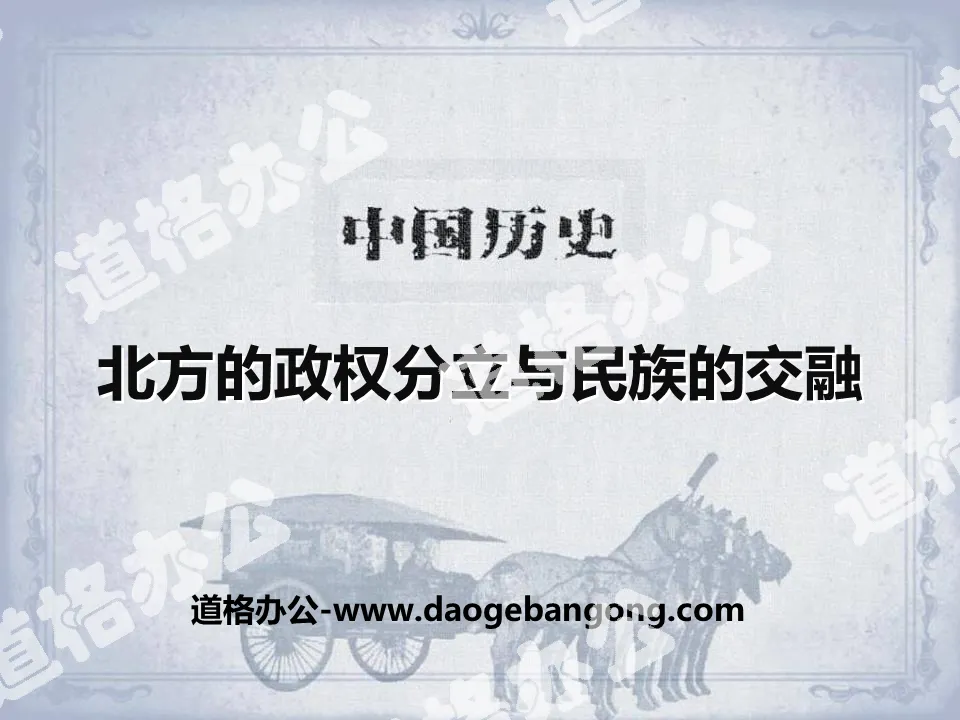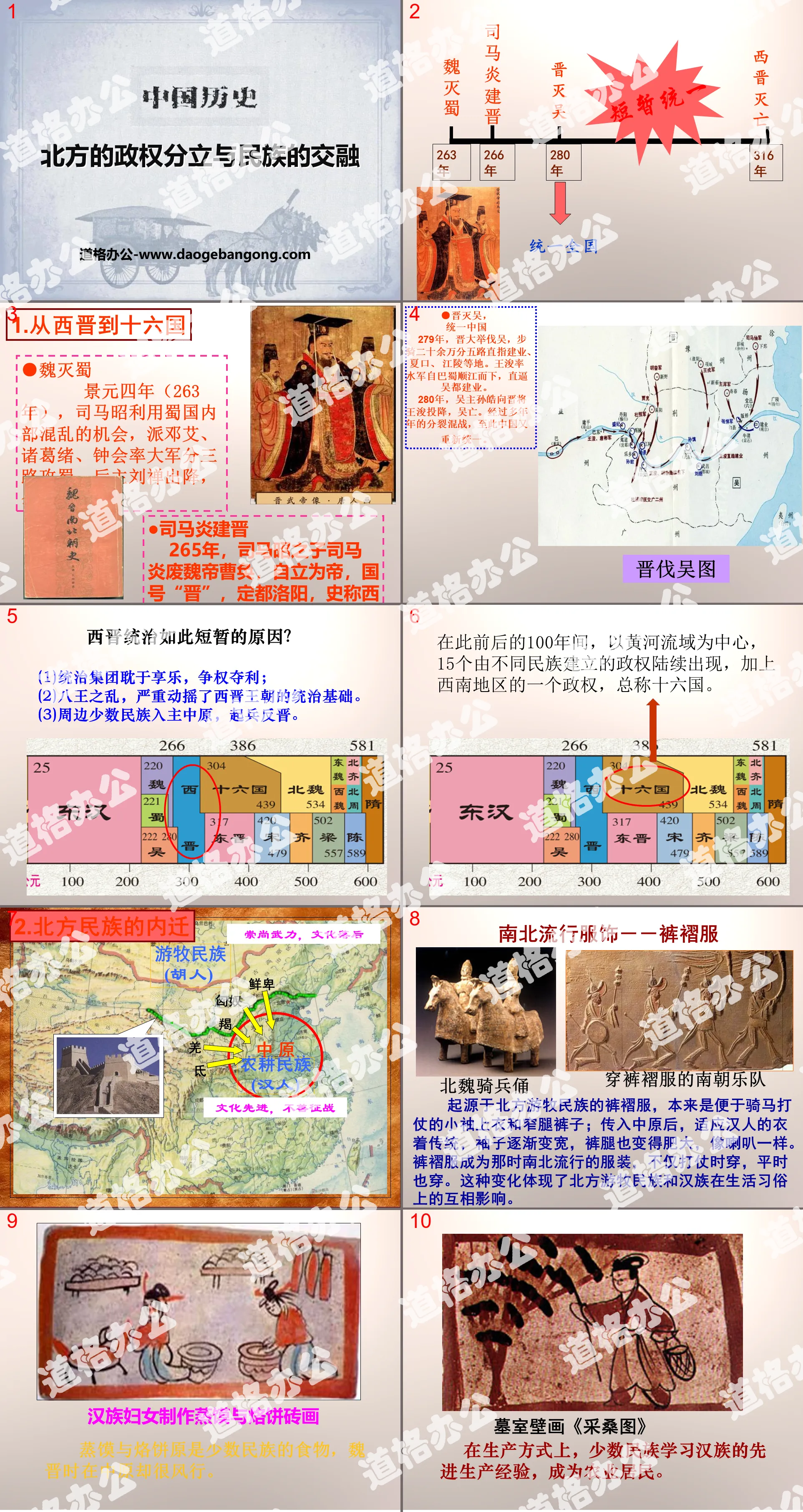The second volume of history for eighth grade compiled by the People's Education Publishing House
Zhonghua Book Company Edition Eighth Grade History Volume 2
Zhonghua Book Company Edition Seventh Grade History Volume 2
People's Education Edition Eighth Grade History Volume 1
Yuelu Edition Seventh Grade History Volume 2
People's Education Press Seventh Grade History Volume 1
People's Education Edition History and Society 9th Grade Part II
Volume 1 of the seventh grade history compiled by the People's Education Publishing House
People's Education Press History and Society Grade 9
People's Education Press History and Society for Grade 8 Volume 1
East China Normal University Edition Seventh Grade History Volume 1
People's Education Press Ninth Grade History Volume 2
People's Education Press History and Society Grade 7
People's Education Edition Eighth Grade History Volume 2
Yuelu Edition Seventh Grade History Volume 1
Ninth Grade History Volume 2, published by Zhonghua Book Company

| Category | Format | Size |
|---|---|---|
| Yuelu Edition Seventh Grade History Volume 1 | pptx | 6 MB |
Description
"Separation of Regimes and Integration of Nationalities in the North" PPT courseware on separation of regimes and regional development in the Wei, Jin, Southern and Northern Dynasties
1. From the Western Jin Dynasty to the Sixteen Kingdoms
Wei destroyed Shu
In the fourth year of Jingyuan (263), Sima Zhao took advantage of the internal chaos in Shu and sent Deng Ai, Zhuge Xu, and Zhong Hui to lead an army to attack Shu in three directions. The later leader Liu Chan came out and surrendered, and Shu was destroyed.
Sima Yan Jianjin
In 265, Sima Zhao's son Sima Yan deposed Wei Emperor Cao Huan and proclaimed himself emperor. The country was named "Jin" and its capital was Luoyang, which was known as the Western Jin Dynasty in history.
Jin defeated Wu and unified China
In 279, Jin launched a massive campaign against Wu, with more than 200,000 troops on foot and cavalry divided into five routes, directed at Jianye, Xiakou, Jiangling and other places. Wang Jun led his navy down the river from Bashu to Jianye, the capital of Wu.
In 280, Sun Hao, the lord of Wu, surrendered to Jin general Wang Jun, and Wu died. After years of division and strife, China has reunited.
Why was the Western Jin Dynasty so short-lived?
(1) The ruling group indulges in pleasure and strives for power and profit;
(2) The Eight Kings Rebellion seriously shook the ruling foundation of the Western Jin Dynasty.
(3) The surrounding ethnic minorities took over the Central Plains and raised troops to rebel against the Jin Dynasty.
Based on the above pictures, could you please share your understanding of "national integration"?
National integration refers to the process in which various ethnic groups live together, learn from each other, develop together, and gradually integrate, including the mutual influence of economic life, culture, language, customs, and habits, and their convergence.
It is a progressive historical phenomenon in ancient Chinese history.
2. Reforms of Emperor Xiaowen of the Northern Wei Dynasty
unification of the north
In the late 4th century, a branch of _____ in Northeast my country became strong and established _____.
In _____ year, the Northern Wei Dynasty unified the Yellow River Basin.
Impact: It ended the political situation of division and chaos in the north for many years, and people of all ethnic groups lived together and blended with each other.
3. Contents of Emperor Xiaowen’s reforms:
Emperor Xiaowen's reforms:
Official salary system and severe punishment of corruption
Land Equalization Order
Moved the capital to Luoyang
Chineseization measures: changing Chinese clothes, changing Chinese surnames, speaking Chinese, getting married,
Emperor Xiaowen moved the capital to Luoyang
reason
1. The food produced in Pingcheng cannot meet the needs of the large population in the capital.
2. Pingcheng is located in the north, which is not conducive to the rule of the vast area of the Central Plains, and is not conducive to the Xianbei regime learning and accepting the advanced culture of the Han nationality.
Influence
Luoyang gains development and prosperity
Create conditions for further reforms
The historical role of Emperor Xiaowen's reforms in the Northern Wei Dynasty
The reform measures of Emperor Xiaowen of the Northern Wei Dynasty eased social conflicts, was conducive to the recovery and development of the northern economy, promoted the social progress of all ethnic groups in the north, accelerated the integration process of the northern ethnic groups, and laid the foundation for the future unification of the north and the south and the development of a multi-ethnic country. .
Thought click
Emperor Xiaowen was a conqueror for the northern Han people. Why didn't he use force to promote Xianbei culture in the Han areas of the Central Plains, but instead wanted to learn from the Han people and implement the Sinicization policy?
First, Emperor Xiaowen was influenced by Han culture since childhood and was keen on Central Plains culture;
Secondly, Emperor Xiaowen learned from the experience of the former Qin Emperor Fu Jian who blindly used force and ultimately failed, and knew that the Xianbei people must adapt to the culture of the Han people who dominated the Central Plains;
Thirdly, after long-term development, Han culture has become more advanced than nomadic culture in all aspects. Emperor Xiaowen's policy of Sinicization was objectively in line with the times.
Emperor Xiaowen was an outstanding minority political reformer in ancient my country.
Small scale chopper
1.The one who unified the country in 280 was ( )
A. Wei State in the Three Kingdoms
B. The Western Jin Dynasty established by Sima
C. The pre-Qin regime established by the Di people
D. The Northern Wei regime established by the Xianbei people
2. Emperor Xiaowen of the Northern Wei Dynasty moved the capital from Pingcheng to ( )
A.Chang'an B.Luoyang C.Xu D.Yin
3. The reforms that promoted the great integration of ethnic groups in the north are ( )
A. Shang Yang’s reform B. Guan Zhong’s reform
C. Wang Mang’s reform D. Northern Wei Emperor Xiaowen’s reform
4. The Northern Wei Dynasty was a political power established by which of the following ethnic groups ( )
A.Jie B.Xianbei C.Di D.Xiongnu
5. The fundamental purpose of Emperor Xiaowen’s reforms in the Northern Wei Dynasty was ()
A. Adapt to the trend of ethnic integration
B. Increase fiscal revenue
C. Consolidate the rule of Xianbei nobles
D.Learn Han culture
Keywords: teaching courseware on the separation of political power and regional development in the Wei, Jin, Southern and Northern Dynasties, teaching courseware on the separation of political power and ethnic integration in the north, Yuelu edition seventh-grade history PPT courseware download, seventh-grade history slide courseware download, separation of political power and the integration of ethnic groups in the Wei, Jin, Southern and Northern Dynasties Download PPT courseware on regional development, download PPT courseware on separation of political power and ethnic integration in the North, in .PPT format;
For more information about the PPT courseware "Separation of Powers and Regional Development in the Wei, Jin, Southern and Northern Dynasties, Separation of Powers and National Integration in the North", please click on the "Separation of Powers and Regional Development in the Wei, Jin, Southern and Northern Dynasties ppt Separation of Powers and National Integration in the North" ppt tag.
"Separation of Regimes and Integration of Nationalities in the North" Separation of Regimes and Regional Development in the Wei, Jin, Southern and Northern Dynasties PPT Courseware 4:
"Separation of Regimes and Integration of Nationalities in the North" Separation of Regimes and Regional Development in the Wei, Jin, Southern and Northern Dynasties PPT Courseware 4 Interesting Introduction The 56 ethnic groups in our motherland are as close as brothers and develop in harmony. So, among these 56 ethnic groups, why are there no Xiongnu, Xianbei, Jie, Di...
"Separation of Regimes and Integration of Nationalities in the North" Separation of Regimes and Regional Development in the Wei, Jin, Southern and Northern Dynasties PPT Courseware 3:
"Separation of Regimes and Integration of Nationalities in the North" Separation of Regimes and Regional Development in the Wei, Jin, Southern and Northern Dynasties PPT Courseware 3 Review the past and learn the new In 220, Cao Pi called himself emperor, named his country Wei, and established his capital in Luoyang. In 221, Liu Bei proclaimed himself emperor, his country was named Han, and his country was called Shuhan in history, and his capital was Chengdu. In 222, Sun Quan claimed...
"Separation of Regimes and Integration of Nationalities in the North" Separation of Regimes and Regional Development in the Wei, Jin, Southern and Northern Dynasties PPT Courseware 2:
"Separation of Regimes and Integration of Nationalities in the North" Separation of Regimes and Regional Development in the Wei, Jin, Southern and Northern Dynasties PPT Courseware 2 1. From the Western Jin Dynasty to the Sixteen Kingdoms 1. The Western Jin Dynasty unified the whole country 2. The demise of the Western Jin Dynasty and the Sixteen Kingdoms Think about it from the end of the Eastern Han Dynasty to the Northern Wei Dynasty , what are the main characteristics of China's political situation...
File Info
Update Time: 2024-09-16
This template belongs to History courseware Yuelu Edition Seventh Grade History Volume 1 industry PPT template
"Separation of Regimes and Integration of Nationalities in the North" PPT courseware on separation of regimes and regional development in the Wei, Jin, Southern and Northern Dynasties Simple campus recruitment activity planning plan summary enterprise and institution recruitment publicity lecture PPT template is a general PPT template for business post competition provided by the manuscript PPT, simple campus recruitment activity planning plan summary enterprise and institution recruitment promotion Lecture PPT template, you can edit and modify the text and pictures in the source file by downloading the source file. If you want more exquisite business PPT templates, you can come to grid resource. Doug resource PPT, massive PPT template slide material download, we only make high-quality PPT templates!
Tips: If you open the template and feel that it is not suitable for all your needs, you can search for related content "Separation of Regimes and Integration of Nationalities in the North" PPT courseware on separation of regimes and regional development in the Wei, Jin, Southern and Northern Dynasties is enough.
How to use the Windows system template
Directly decompress the file and use it with office or wps
How to use the Mac system template
Directly decompress the file and use it Office or wps can be used
Related reading
For more detailed PPT-related tutorials and font tutorials, you can view: Click to see
How to create a high-quality technological sense PPT? 4 ways to share the bottom of the box
Notice
Do not download in WeChat, Zhihu, QQ, built-in browsers, please use mobile browsers to download! If you are a mobile phone user, please download it on your computer!
1. The manuscript PPT is only for study and reference, please delete it 24 hours after downloading.
2. If the resource involves your legitimate rights and interests, delete it immediately.
3. Contact information: service@daogebangong.com
"Separation of Regimes and Integration of Nationalities in the North" PPT courseware on separation of regimes and regional development in the Wei, Jin, Southern and Northern Dynasties, due to usage restrictions, it is only for personal study and reference use. For commercial use, please go to the relevant official website for authorization.
(Personal non-commercial use refers to the use of this font to complete the display of personal works, including but not limited to the design of personal papers, resumes, etc.)
Preview










